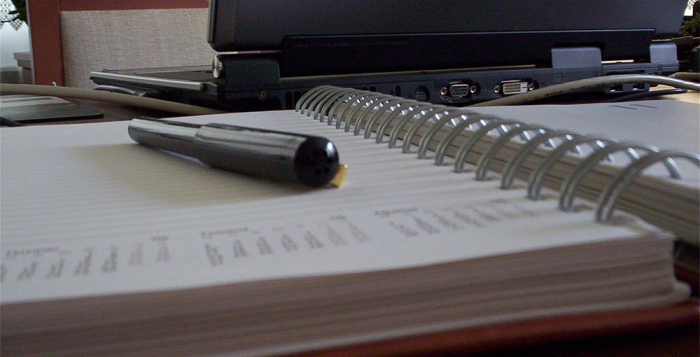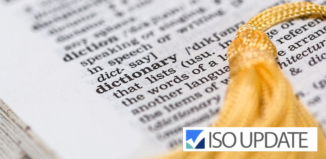All management systems require organizations to conduct internal audits in order to obtain information that will evidence the degree to which requirements are being met. In other words, internal audits check practice against policies, processes and procedures and thoroughly document any differences.
Although internal audits are an important tool for organizations to evaluate their management systems and to uncover areas that are in need of attention, for many, this process induces an enormous amount of stress. For audits to serve as a means to identify gaps and effective solutions, it is essential that these are formal, planned and organized. Other key characteristics internal audits should have are:
They are scheduled
Surprise audits are not welcomed by anyone. A schedule should be set and communicated to everyone, preferably at the beginning of the year. There’s no need to audit all processes at once; different processes can be audited at different times throughout the year, organizations just need to make sure that at the end of the year all processes have been audited.
Auditors are competent
Auditors need to demonstrate in-depth knowledge of the standard which they are auditing against and they should have an understanding of the processes being audited. They should be objective and impartial; this means that they can’t audit a process which they manage or control. Large organizations usually have a team of trained auditors, but that is not necessary; an alternative is to hire the services of an external consultant to perform the internal audits.
They are planned
The audit needs to be confirmed with the process owner. At this stage the auditor should review procedures and previous findings or issues related to the audited process. A checklist with a pre-determined list of questions can be sought to be used during the audit; this checklist should be provided to the auditee so they have time to organize any information.
It’s conducted in an objective and friendly manner
An audit should start with an opening meeting with the auditor and the auditee(s). It’s recommended that the auditor works systematically through the checklist or procedure, while reviewing records, observing the process, analyzing process data and talking to employees. During the audit, the auditor must discuss the findings with the auditee before recording it.
Audit findings are recorded
A closing meeting with the auditee is fundamental so information is not delayed. Here the auditor should point out possible weaknesses and areas for improvement. Findings and their details (these include non-conformities, positive areas and improvement areas) need to be recorded and communicated to the auditee(s) and management.
Findings are monitored
The auditor is responsible for ensuring that corrective actions have been taken to fix any problems found during the audit.
If everyone takes advantage of the positive results internal audits can bring, and if these aid organizations to improve their processes and management system- whether is a quality, environmental or any other system- an internal audit can be considered a success.
ISO Terms Explained

To the novice quality manager, ISO jargon can be extremely overwhelming. What is an NCR? What do you mean by OFI? Are we certified or accredited? But before you go and pull out your hair, let’s take a moment to go over some of the most frequently used terms and their definitions with regards to ISO and Management System Certification.





[…] An Internal audit is one of the most important aspects within any management system. It is through audits that gaps, potential problems and possible solutions will be identified in order to maintain and improve the effectiveness of the management system. […]
A subtle change to the role of internal auditor in the ISO9001:2015 standard is to audit the ‘process’ to determine it’s ‘effectiveness’.
An understanding of the process inputs, outputs, resources, information etc is necessary to appreciate the full picture of the process in question and may lead to developing appropriate KPI’s and thus target levels of acceptability which can be the quality objectives for the process.
So finally, after many cycles of the quality standard regeneration, we find we have a framework that pulls it all together and helps industry to understand the benefits of the ‘quality standard’ as it relates to running a business.